Featured Articles
Power Outage: What To Do When The Power Goes Out
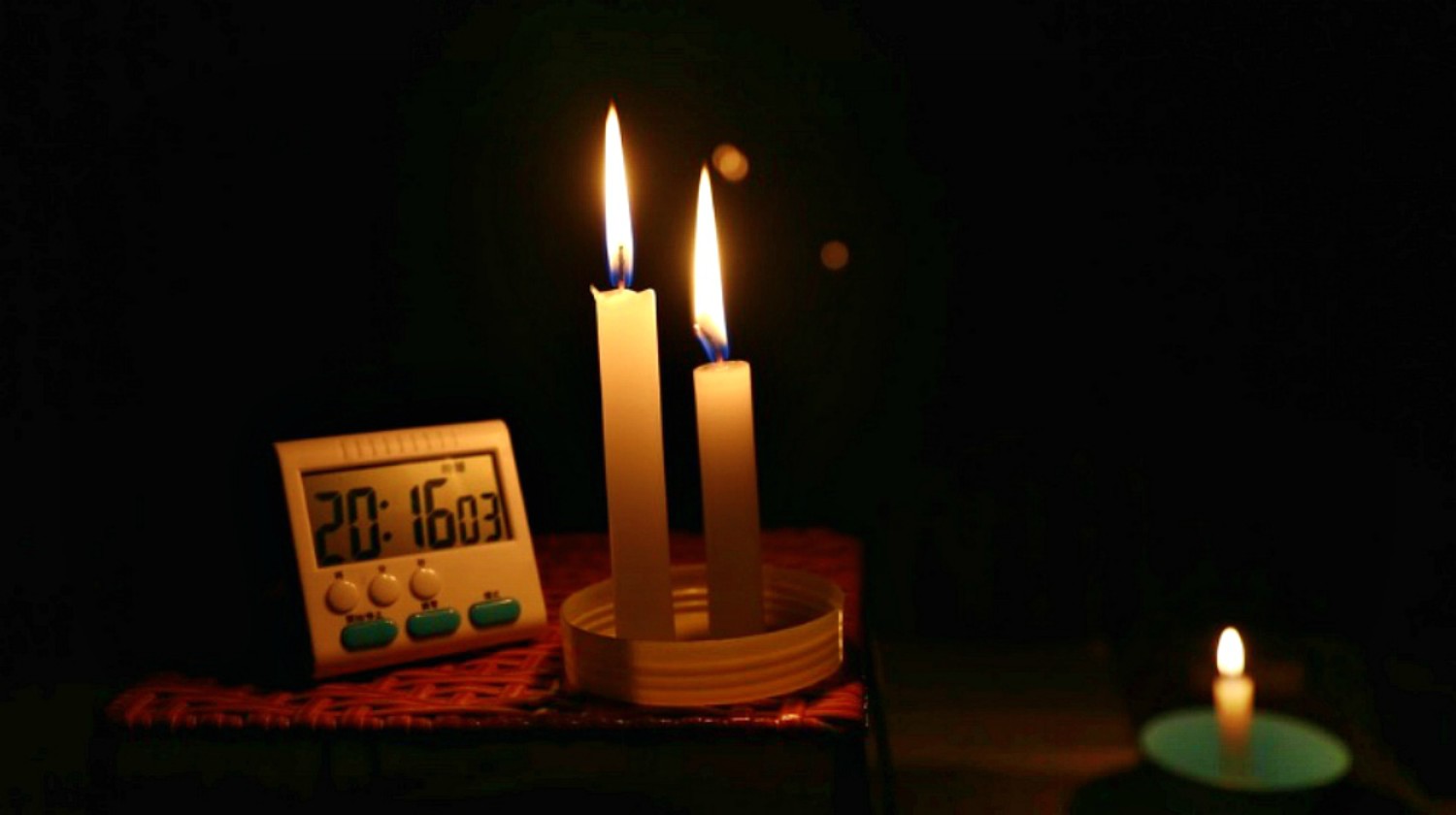
A power outage can occur without warning, so check out these tips from energy expert Robert Brenner to know what to do!
How to Prepare for a Widespread Power Outage
(Based on the book: Power Out! How to Prepare for and Survive a Grid Collapse)
1. Check Family and Friends

You’re happily enjoying your favorite TV program when suddenly the electrical power goes out. You should take immediate action.
What should you do besides knowing the causes of power outages?
First, make a power outage check by calling your family and friends if they or other people in your neighborhood have also lost power. Try texting also since this uses less bandwidth and has a good chance of getting through.
You can also report power outage situations in your area to the proper authorities or call 911, then continue monitoring the outage status.
2. Write the Time on a Sheet of Paper

Electrical power is energy often taken for granted. When the lights, television, heating or air conditioning go off, most people just wait for the power to come back on.
What they don’t realize is it can last for hours or days, and there’s potential damage when it is restored. Most people don’t even take action.
Note-taking is a simple yet helpful step you can do in the event of a power outage. You’ll want to monitor how long frozen or refrigerated food stays safe in case of widespread power outages.
3. Turn Off All Motors That Were Running at the Time
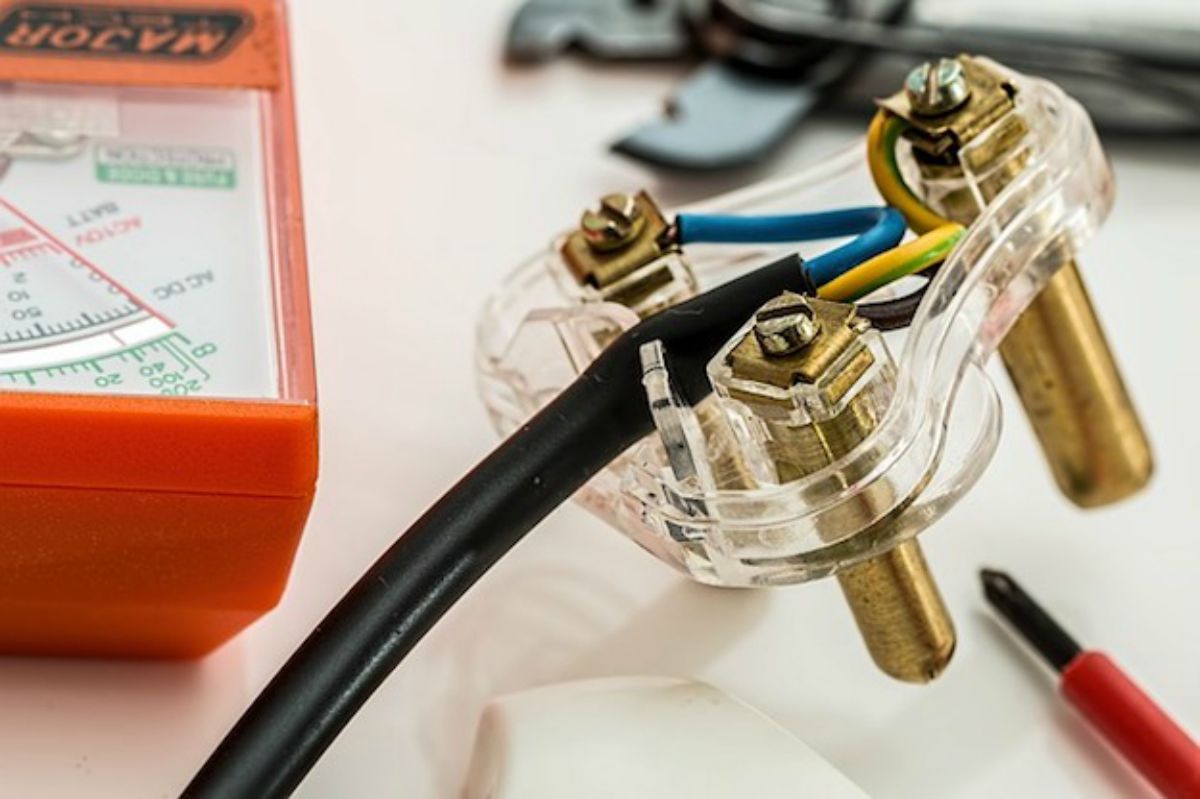
According to the U.S. Energy Information Administration’s Independent Statistics and Analysis, the average U.S. electricity consumer experienced one outage lasting 112 minutes in 2016. This doesn’t include major events.
When counting major events, the average number of outages is 1.3 and it lasts for 250 minutes.
During this time, you’ll want to ensure everyone is safe when power is restored, though. A quick, unexpected start of a motor that was left on or plugged into a sock can become a safety hazard.
The power surge can also damage the motor. If you can’t easily get to appliance plug sockets, turn the refrigerator and freezer settings to the warmest or off condition. Then keep their doors closed.
4. Check Your Sump Pump

When the electricity goes out, all running motors spin down to a stop. If you have a sump pump, periodically check it to confirm no flooding is occurring in your basement or crawl space.
- Titanium Coated Razor Sharp Steel Blade - The HR-30 uses high-quality 440C Steel, for a perfect...
- Unique Notched Blade - Different from its cousin HR-15, the HR-30 adds a notched blade that allows...
- Spring-Assisted Opening - With the HR-30's spring assisted lightning fast open, in just seconds you...
5. Check All Your Electrical Device and Appliance
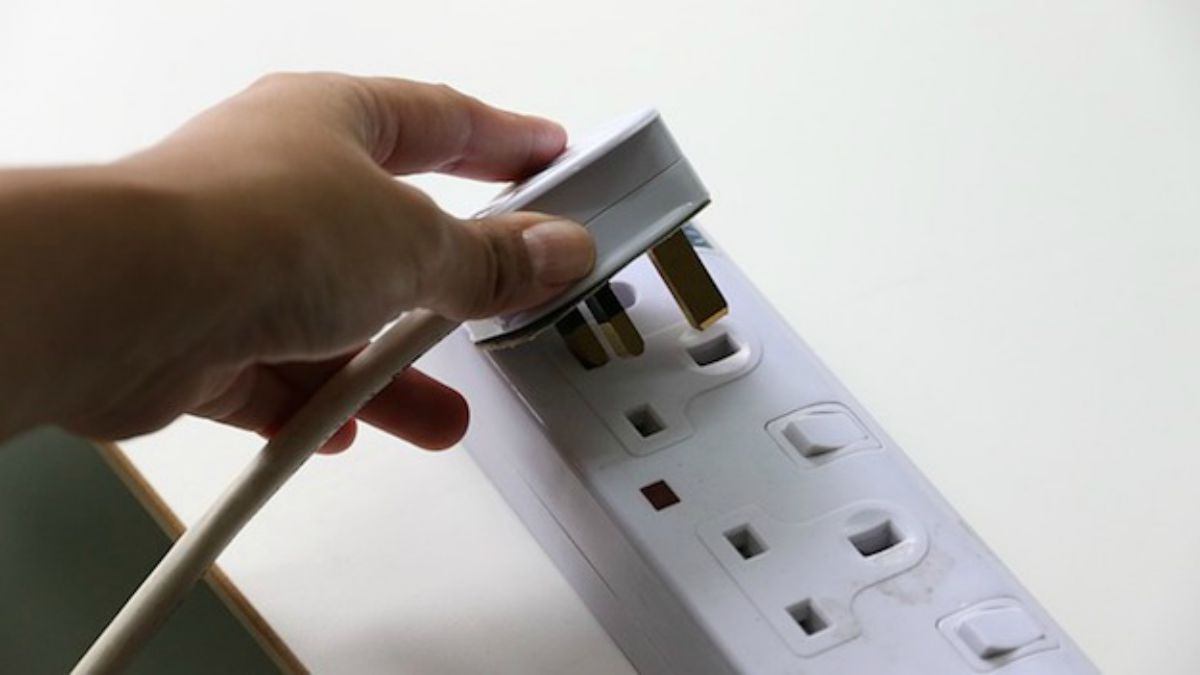
Turn off and unplug all appliances, televisions, entertainment devices, and operating equipment. Leave a single light switch on to show when power is restored. Set out flashlights for use as needed.
6. Shut and Lock All Windows and Doors and Get into Comfortable Clothes
You want to use natural ventilation and retain comfortable room temperatures as long as possible. Consider shutting doors to unused rooms.
- TITANIUM FINISHED RAZOR SHARP STEEL BLADE - The Edge uses high-quality 440C stainless steel, for a...
- SLEEK AND DISCREET - When a tactical knife isn't practical this sophisticated pocket knife slips...
- AMBIDEXTROUS OPENING - Whether you're a righty or a lefty, having thumb studs on both sides make it...
7. Keep Safe and on Guard
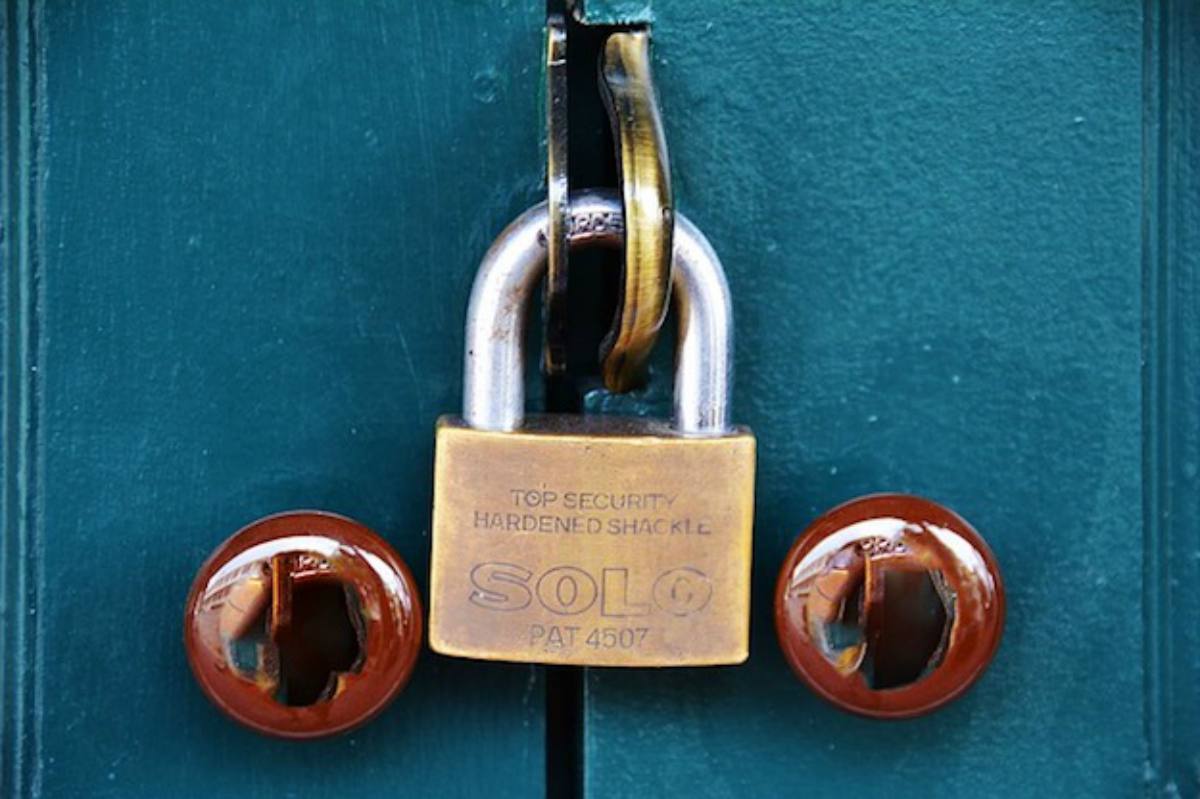
In addition, if it’s nighttime, and you live in an area where illegals, drifters, or homeless are known to frequent, keep your home and possessions safe. Don’t tempt anyone to steal from you, which is imminent in a widespread power outage.
RELATED: Power Outage Tips: How To Prep For A Blackout
8. Prepare Your Backup Electrical Power and Lighting Systems
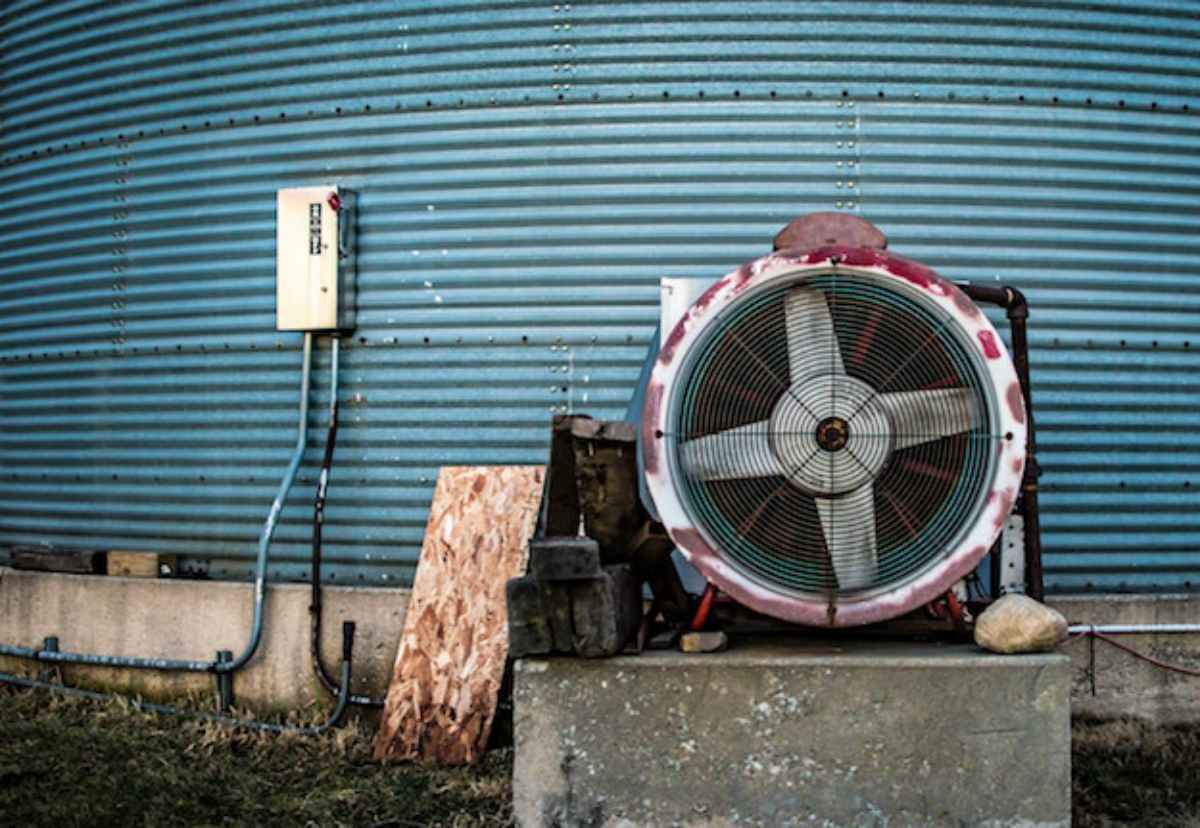
Get prepared to activate your backup electrical power and lighting systems. You did prepare before a power outage, didn’t you?
9. Conserve and Stock Water

Fill all the clean containers you can find with fresh water, including the bathtub. Know how many bottled waters you have and begin a rationing regimen, and don’t forget to take care of your animals.
10. Initiate Refrigerator and Freezer Food Conservation Procedures Immediately
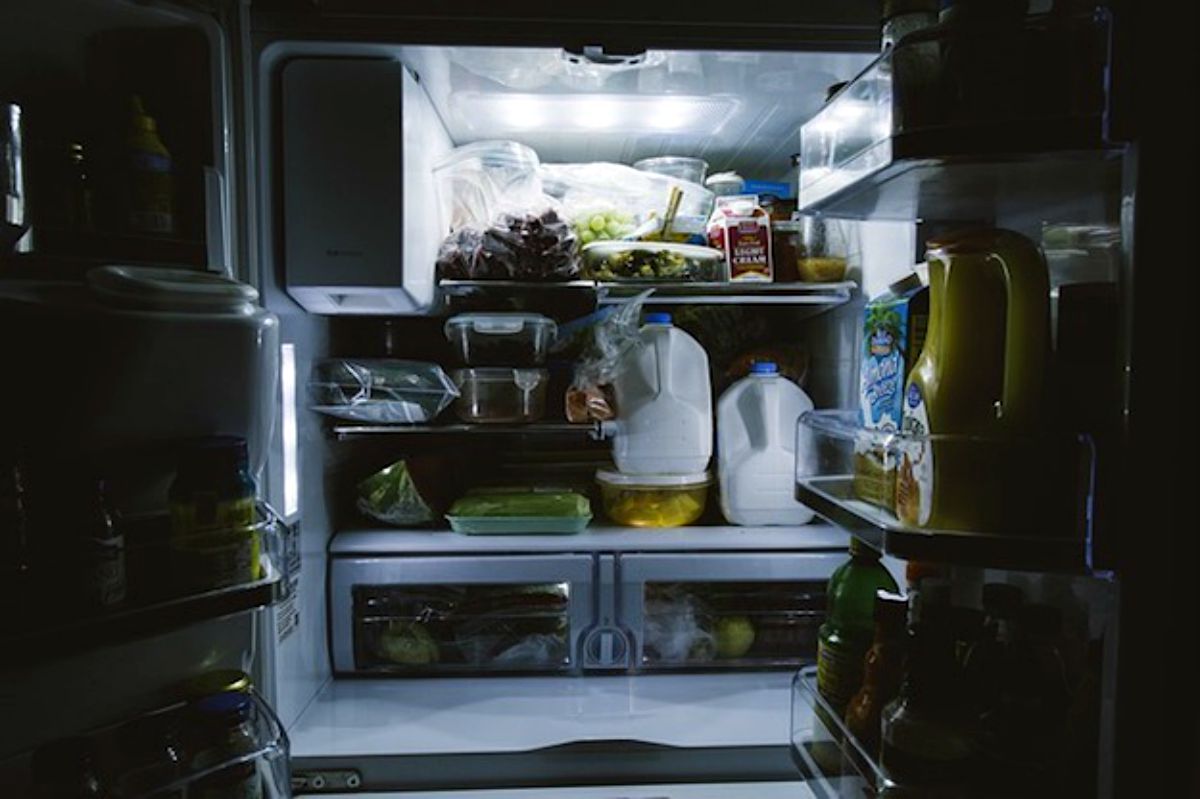
Don’t open their doors unless absolutely necessary and decide what you’ll take out in advance. Keep the cold where it belongs.
A packed freezer can keep food frozen for up to 48 hours. A packed refrigerator can keep food cold for up to 24 hours.
Consider using a picnic cooler with frozen freezer bags or bags of ice or dry ice to keep food cold or frozen. Use canned or freeze-dried foods to avoid opening the freezer.
If the food in your freezer thaws, it becomes refrigerator quality until its temperature increases to 40° F (4° C). At this point, use it or cook it.
If the power comes back on and ice crystals are still visible on thawed food that has reached 40° F, you can safely re-freeze this. Any meat, poultry, fish, eggs, milk, or leftovers that have been warmer than 40° F for over two hours should be thrown out.
Go through this list of food storage times to guide you. Also, note which foods can be safely kept at room temperature for a few days.
11. Continue Cooking Hot Meals in Process on Your BBQ Outside
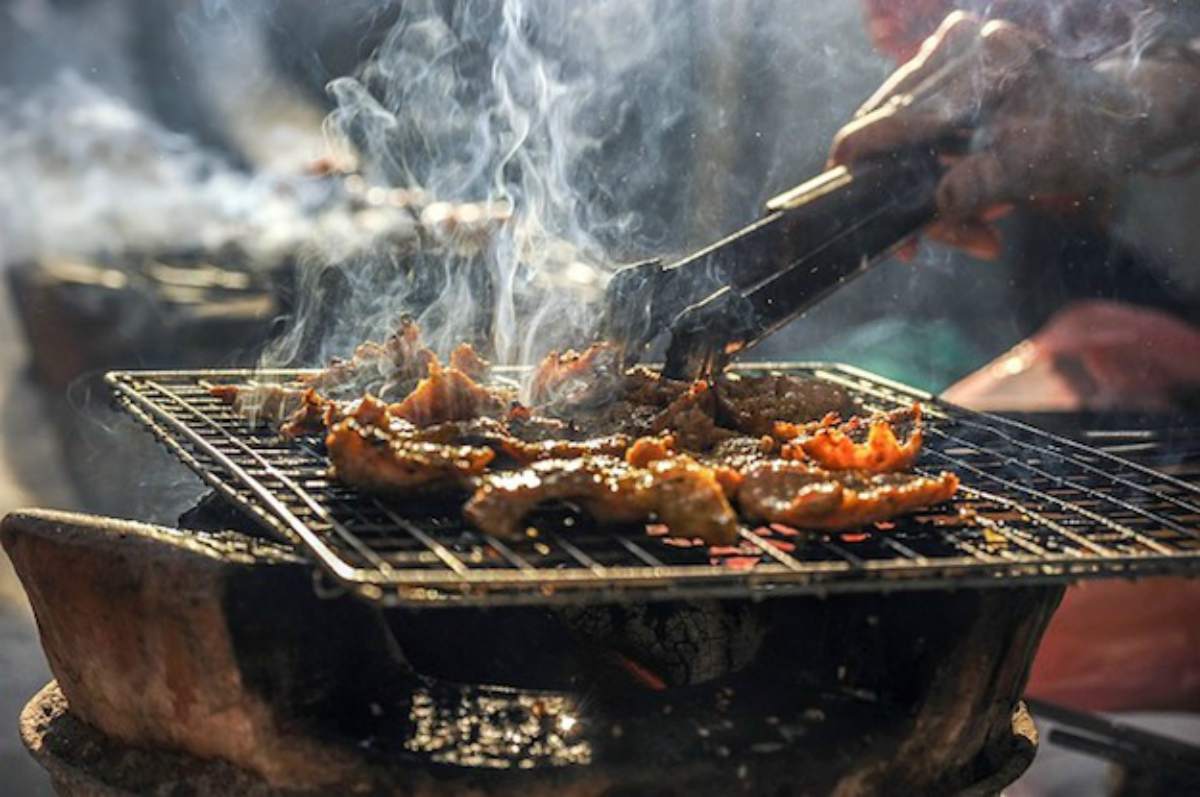
Maintain hot cooked food at 140°F or higher until eaten. You can use a meat thermometer to measure temperature.
12. Begin Listening to Your Portable Battery-Operated Emergency Radio
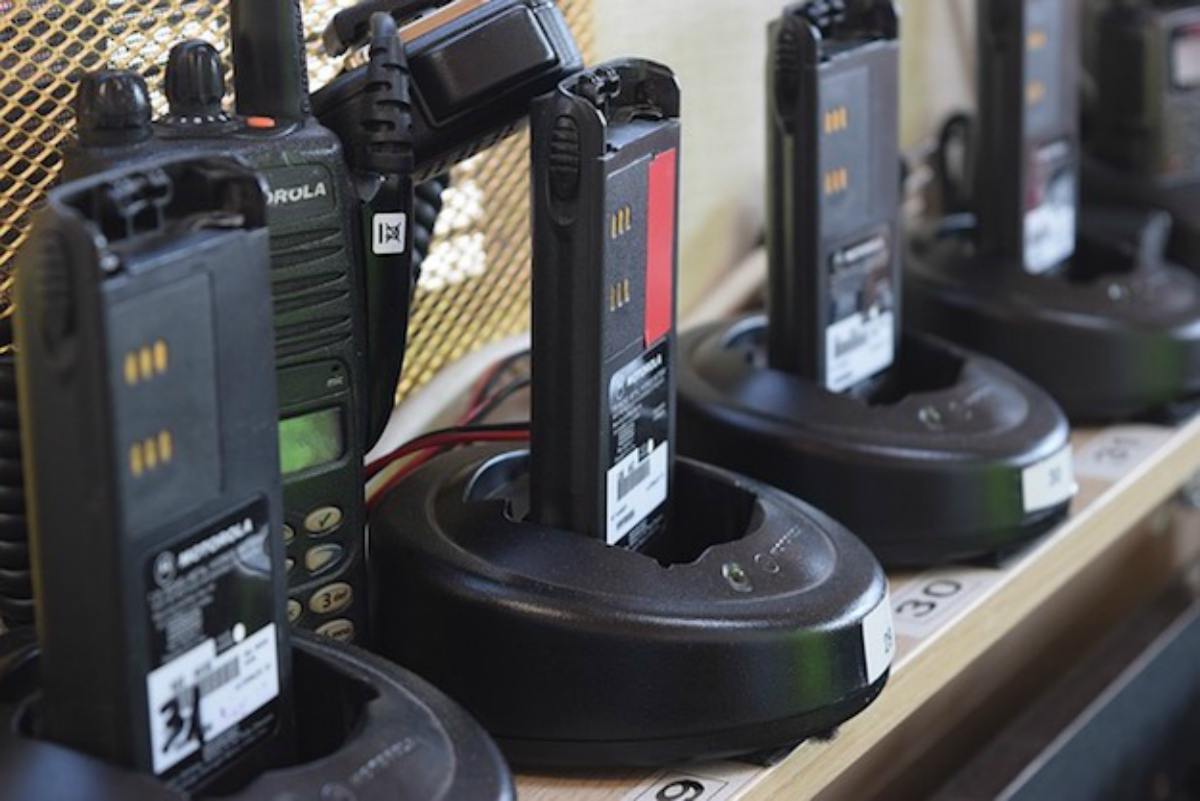
A hand crank capability is good because this won’t discharge your normal batteries and a 60-count crank charge can keep the radio going for over 30 minutes. Every community has an emergency broadcast station where you can check for power outages in your locality or region.
Learn its frequency and then tune your radio to it and monitor the power outage repair processes and weather conditions.
What is a hand crank radio? It is a simple handheld radio that can receive AM and FM signals, which is extremely helpful in times of emergencies. It can be operated and powered with a hand crank.
13. Follow Electrical Safety Procedure When Power Is Restored
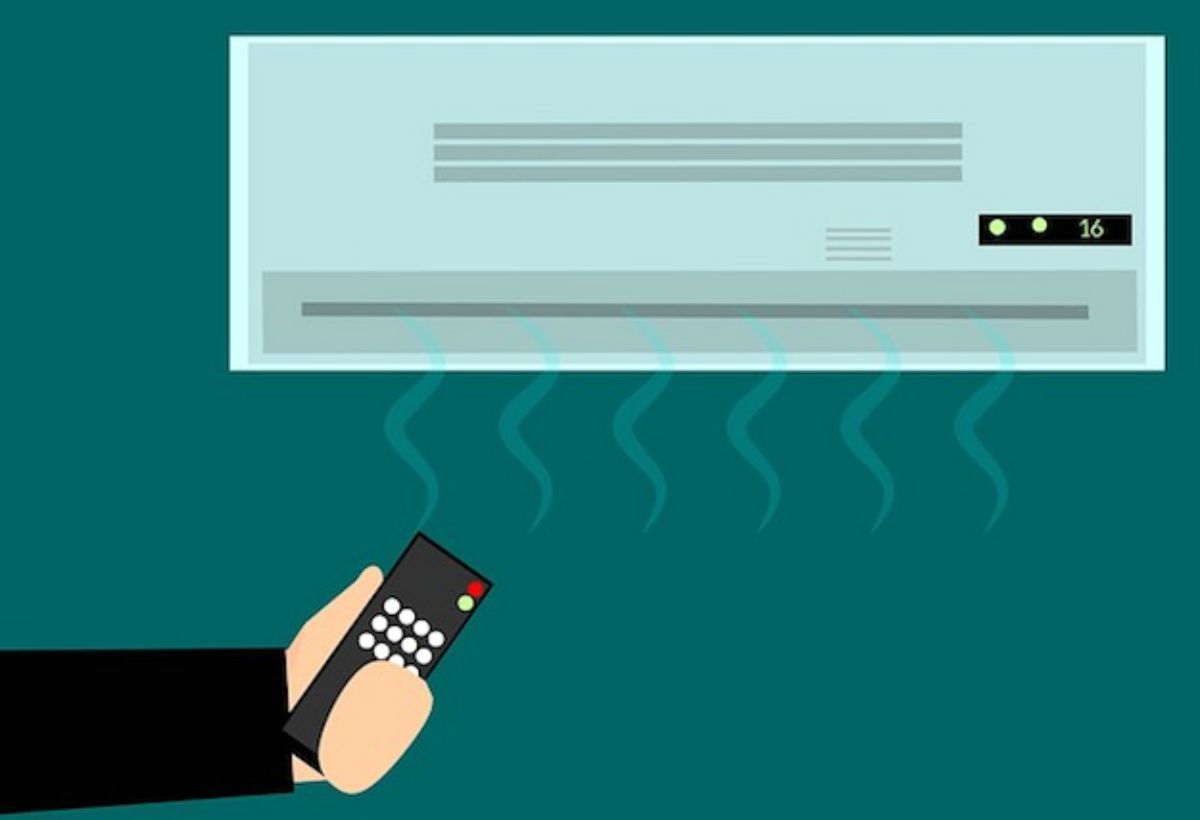
When electrical power is restored, wait a minute or two and then re-energize appliances carefully and slowly to minimize surge.
Start with the freezer and refrigerator at their warmest setting and then slowly turning their temperature settings down. This should get things going without surge issues.
14. Contact Family and Friends to Let Them Know Your Power Is Back On

Then continue a normal lifestyle. If you’ve prepared, you can comfortably endure a power outage. You may even enjoy the slower pace while power is out.
Watch this video from Elitrik Rides Again for alternative energy projects so you won’t have to fear a widespread power outage:
To many, the effects of power outages are a scenario straight out of a post-apocalyptic movie but for the survivalist, this is only a way to test what they’ve learned and known all along. Now, you yourself know what to do in case a widespread power outage occurs!
What would you do yourself when caught in a widespread power outage? We’d appreciate your thoughts about it in the comments section below!
Up Next: SURVIVAL TIPS: 6 Things You’re Not Doing That Will Bite You In The Ass
For awesome survival gear, you can’t make at home, check out the Survival Life Store!
Follow us on Facebook, Instagram, Twitter, and Pinterest!
Editor’s Note: This post was originally published on August 17, 2015, and has been updated for quality and relevancy.
Last update on 2024-04-24 / Affiliate links / Images from Amazon Product Advertising API
-
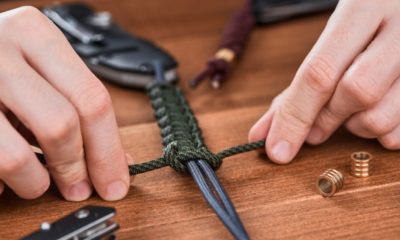
 Do It Yourself7 months ago
Do It Yourself7 months agoParacord Projects | 36 Cool Paracord Ideas For Your Paracord Survival Projects
-

 Do It Yourself9 months ago
Do It Yourself9 months agoHow To Make Paracord Survival Bracelets | DIY Survival Prepping
-

 Do It Yourself9 months ago
Do It Yourself9 months ago21 Home Remedies For Toothache Pain Relief
-

 Do It Yourself10 months ago
Do It Yourself10 months agoSurvival DIY: How To Melt Aluminum Cans For Casting
-

 Exports8 months ago
Exports8 months agoAre Switchblades Legal? Knife Laws By State


Pingback: DIY Emergency Lantern | SL
Pingback: National Power Grid Outage: What's the Greatest Threat?
Pingback: Relax and Enjoy the Next Power Outage « Survivalist
Pingback: Relax and Enjoy the Next Power Outage | Survival Life
Pingback: Light, Fire and Smoke | Emergency Communication Signals
David Seneshale
February 11, 2018 at 9:14 PM
Good article. Basic and informative. I’ve been prepping for over 20yrs. And have finally been able to kick my feet up and relax, but only on the food and material side. But I’m always training mentally and physically.
Pingback: Disaster Communication For Preppers | Preparedness | Survival Life
Pingback: Disaster Communication For Preppers | Preparedness – Ultimate Survival Alerts
Pingback: How To Revive Car Batteries: Don't Throw Dead Batteries Just Yet
Pingback: Power Outage: What To Do When The Power Goes Out - Survive!
Pingback: Power Outage: What To Do When The Power Goes Out – Ultimate Survival Alerts
Pingback: How To Revive Car Batteries: Don’t Throw Dead Batteries Just Yet - Survival Patch
Pingback: How To Revive Car Batteries: Don’t Throw Dead Batteries Just Yet
Pingback: How To Revive Car Batteries: Don’t Throw Dead Batteries Just Yet - Survive!
Pingback: Improvised Survival Gear | 7 DIY Projects for Preppers | Survival Life
Pingback: Improvised Survival Gear | 7 DIY Projects For Preppers | Primitive technology
Pingback: Improvised Survival Gear | 7 DIY Projects For Preppers - Survival Patch
Pingback: Improvised Survival Gear | 7 DIY Projects For Preppers – Ultimate Survival Alerts
Pingback: What to Do in a Power Outage – The Self-Sufficient Life
Pingback: What to Do in a Power Outage - Survivalnomics
Pingback: What to Do in a Power Outage | Best Go Bag
Pingback: What to Do in a Power Outage – Alive After USA Fall
Pingback: What to Do in a Power Outage - Cooking in Quarantine
Pingback: What to Do in a Power Outage – surviveurself
Pingback: What to Do in a Power Outage – SurvivalHood
Pingback: What to Do in a Power Outage – Bulletproof Survivors
Pingback: Valentines Gifts for Him: The Best 10 Gifts for Survivalists and Doomsday Preppers - Cooking in Quarantine
Pingback: Valentines Gifts for Him: The Best 10 Gifts for Survivalists and Doomsday Preppers – Bulletproof Survivors